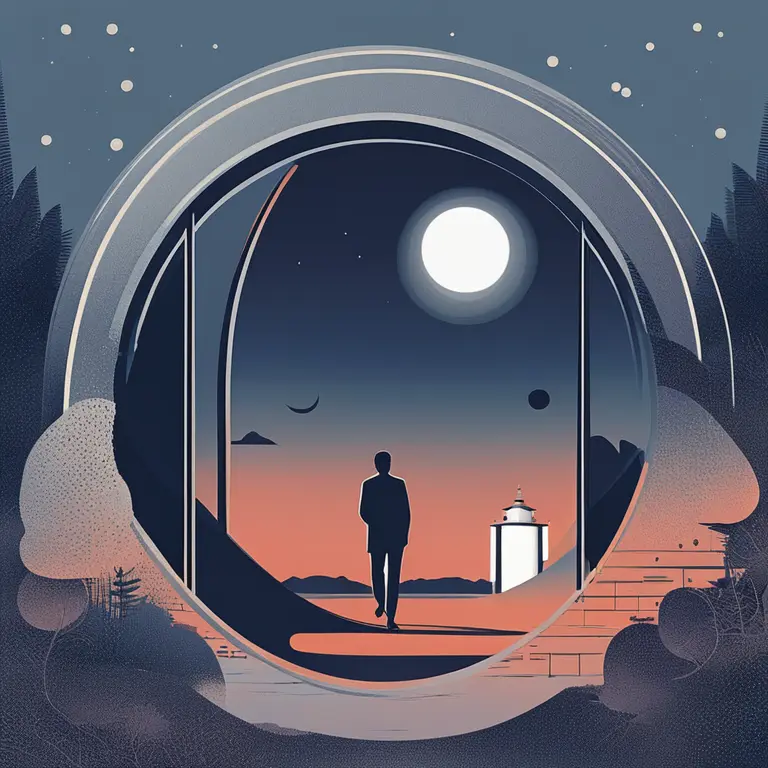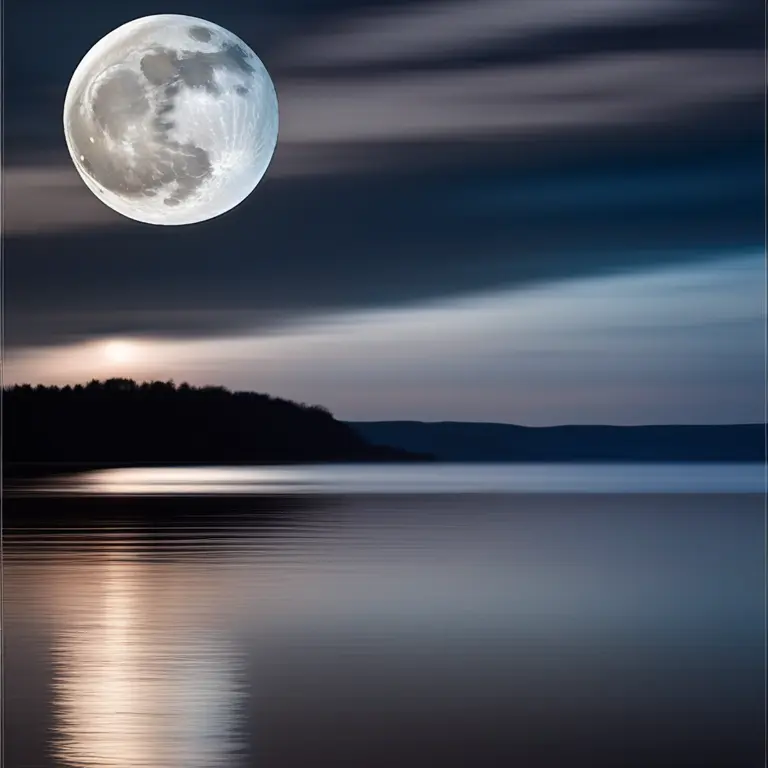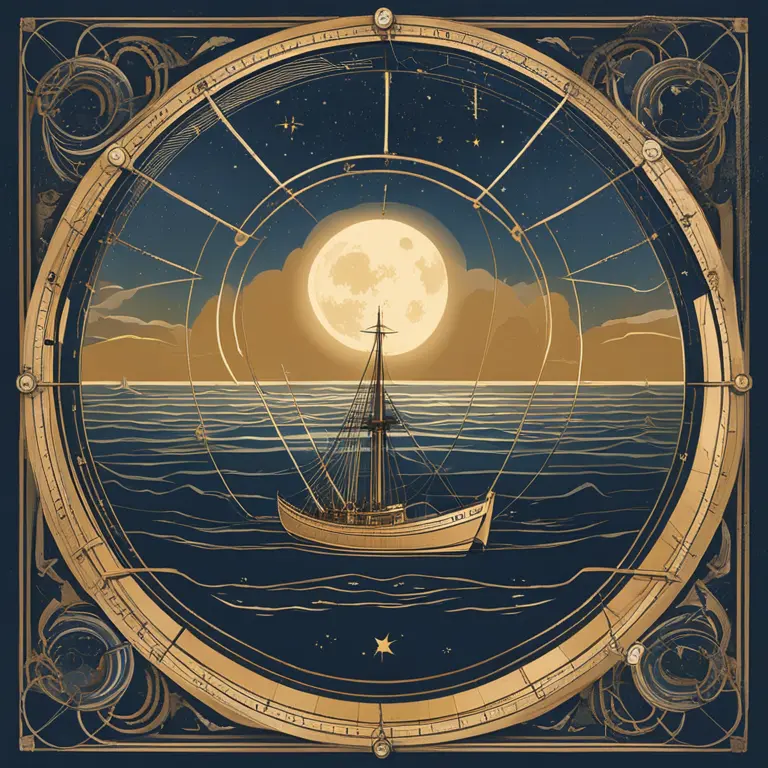
The Lunar Cycle: A Journey Through Moon Phase History
Delve into the rich tapestry of the moon's phases and their significance throughout history in this enlightening article.
article by Priya Deshmukh
The Moon’s Eternal Dance
The moon, our celestial neighbor, has captivated human imagination since time immemorial. It has been a source of wonder, the center of myths, and a critical marker of time. Its phases have rhythmed agricultural practices, religious festivals, and have even played a role in navigation. Ancient civilizations like the Babylonians and the Maya meticulously observed and recorded its cycles, laying the groundwork for lunar calendars which are foundational even in contemporary society. Invariably linked to the divine, the moon's predictable transformations have been revered as a symbol of rebirth and continuity.

Astronomy and Astrology Intertwined
The fascination with lunar phases transcended mere curiosity and evolved into a more structured astral science. As early as the 5th century BC, Greek astronomers used geometrical models to predict lunar eclipses. Astrological significance, too, was attributed to each phase of the moon, influencing human affairs according to astrologers. Fast forward to 2024, with the burgeoning interest in metaphysics, the new moon and full moon are especially pivotal in contemporary astrological forecasts, believed to usher in beginnings and culminations.

Celestial Navigation and the Lunar Phase
Navigators have relied on the moon's phases to guide their way across open waters since antiquity. By the Viking Age, and certainly by the Age of Discovery, seafarers used the moon, alongside the sun and stars, for celestial navigation. The phases provided a night-time clock and calendar, which helped them to position themselves on the vast oceans. Today, this art may not be a necessity, yet it enriches the lore of sailing and navigation.

The Lunar Effect: Myth or Reality?
There's a long-standing belief in various cultures that the moon's phases influence human behavior and health — a notion often termed as the “lunar effect.” Scientifically controversial, the idea persists in popular culture, suggesting that full moons can bring about heightened emotions and behaviors. Although its validity is debatable, the intrigue it generates further illustrates the moon's indelible impact on human affairs, well into the modern era.

The Moon's Role in Synchronous Cycles
The moon’s gravitational influence plays an integral role in Earth’s ecological balance, governing tides essential for marine life. Its phases have also been instrumental in tracking breeding cycles of various species, gardening, and even in timing medical procedures, often seen in old folk traditions. While evidence is anecdotal, these synchronized occurrences remain a curious aspect of lunar phases inviting more scientific exploration as we advance.
Festival and Ritual Resonances
Festivals and rituals around the world still honor the lunar cycle. From the Chinese Mid-Autumn Festival to India's Karva Chauth, and Islamic observance of Ramadan, the moon's phases dictate spiritual and communal activities. Looking forward to 2024, these celebrations will continue to bring people together in a shared reverence for this celestial marvel, regardless of technological advances that often disconnect us from natural rhythms.
Published: 1/19/2024
Modified: 1/19/2024
More predictions
Come back here soon to learn more about yourself and your future


Moon Phases & Astrological Impact
Understanding how the moon's phases and positions impact personal horoscopes and astrological interpretations for guidance in life.


Exploring The Lunar Cycle: A Guide to Moon Phases
Delve into the rhythmic dance of the moon with this comprehensive guide, illuminating the lunar phases and their astrological significance.


Lunar Phases and Your Horoscope
Discover how moon phases can influence your astrological readings and personal growth in this insightful guide to lunar horoscopes.